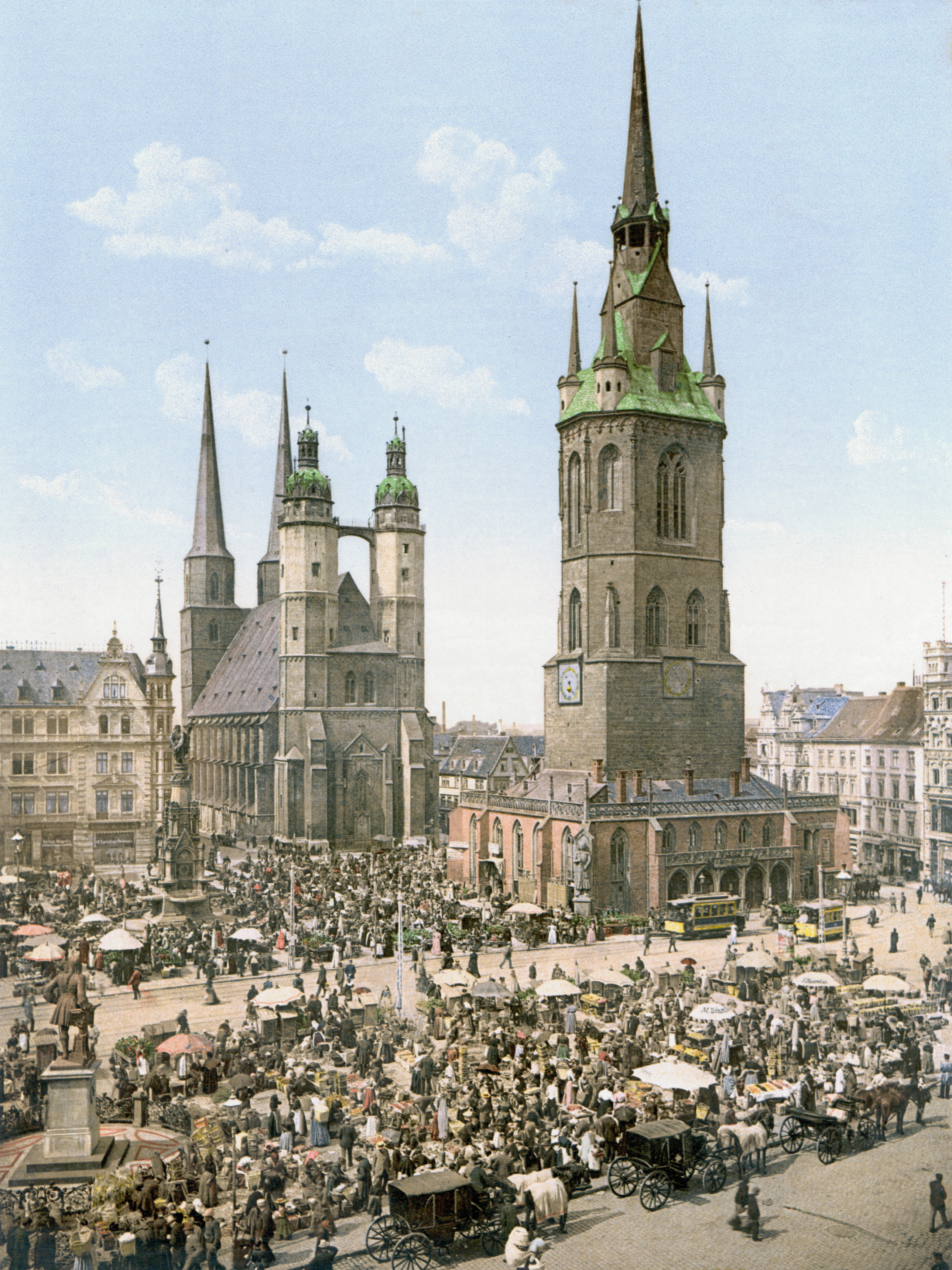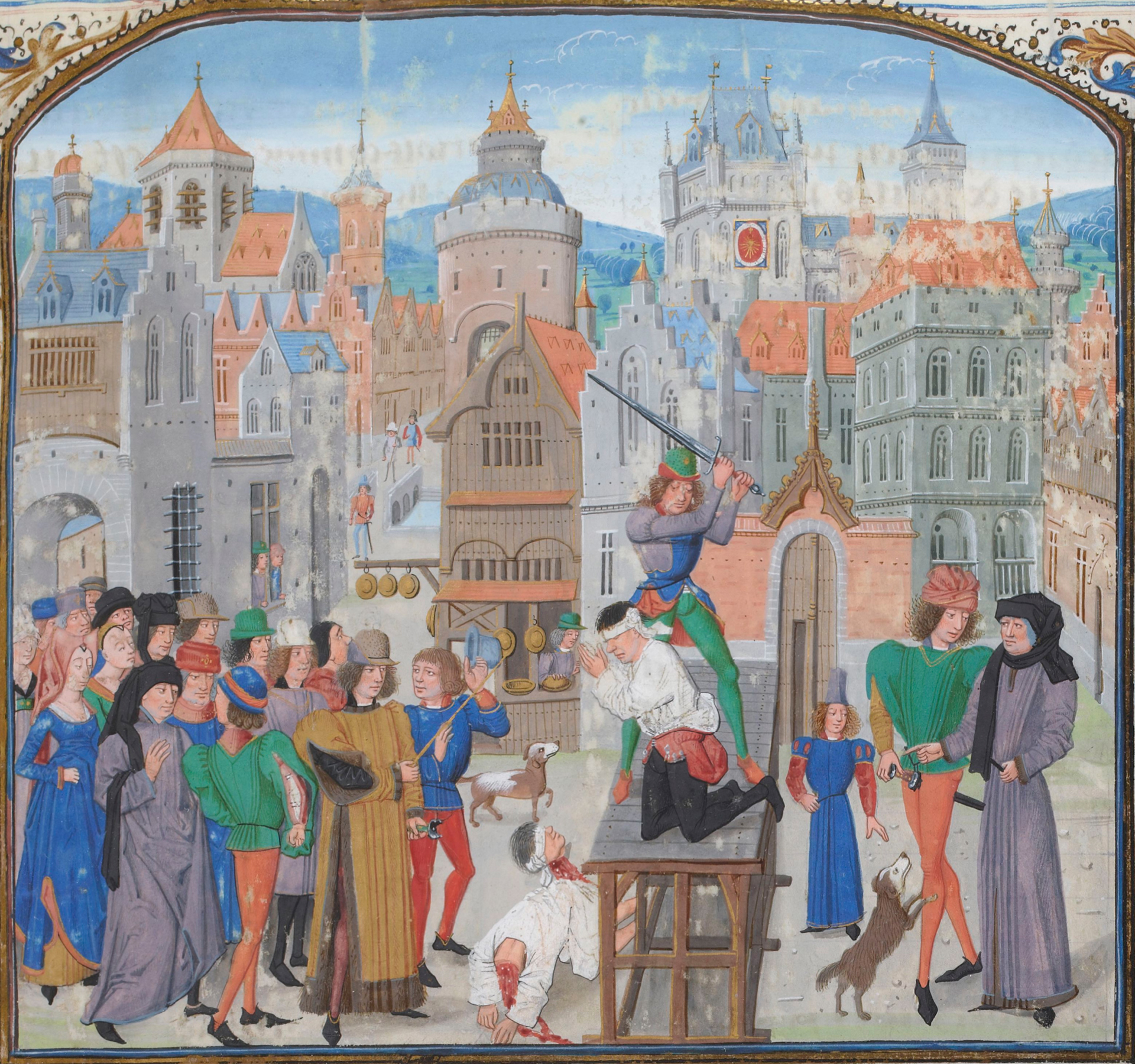|
Johann August Unzer
Johann August Unzer (April 27, 1727 – April 2, 1799) was a German physician whose work with the central nervous system, reflexes and consciousness impacted modern physiological studies.Unzer, J. (1771). The principles of physiology. (4th ed., pp. I-467). London: C. and J. Adlard Printers. __TOC__ Life Johann August Unzer was born on April 27, 1727, in Halle (Saale), Halle an der Saale, to a family of medical practitioners. His brother Johann Christoph Unzer was a physician of royalty, and his father was also a notable physician.:de:Johann August Unzer At age twelve, he started to pursue his medical degree at the University of Halle,A History of Psychology Ideas and Context his hometown university. In his years at the university, he started exploring ideas such as emotion, and also ideas regarding the central nervous system. There, Unzer worked under a professor named Georg Ernst Stahl. While still attending university, he defended Stahl's views on animism by publishing one of h ... [...More Info...] [...Related Items...] OR: [Wikipedia] [Google] [Baidu] |
Physician
A physician (American English), medical practitioner (Commonwealth English), medical doctor, or simply doctor, is a health professional who practices medicine, which is concerned with promoting, maintaining or restoring health through the study, diagnosis, prognosis and treatment of disease, injury, and other physical and mental impairments. Physicians may focus their practice on certain disease categories, types of patients, and methods of treatment—known as specialities—or they may assume responsibility for the provision of continuing and comprehensive medical care to individuals, families, and communities—known as general practice. Medical practice properly requires both a detailed knowledge of the academic disciplines, such as anatomy and physiology, underlying diseases and their treatment—the '' science'' of medicine—and also a decent competence in its applied practice—the art or '' craft'' of medicine. Both the role of the physician and the meani ... [...More Info...] [...Related Items...] OR: [Wikipedia] [Google] [Baidu] |
Central Nervous System
The central nervous system (CNS) is the part of the nervous system consisting primarily of the brain and spinal cord. The CNS is so named because the brain integrates the received information and coordinates and influences the activity of all parts of the bodies of bilaterally symmetric and triploblastic animals—that is, all multicellular animals except sponges and diploblasts. It is a structure composed of nervous tissue positioned along the rostral (nose end) to caudal (tail end) axis of the body and may have an enlarged section at the rostral end which is a brain. Only arthropods, cephalopods and vertebrates have a true brain (precursor structures exist in onychophorans, gastropods and lancelets). The rest of this article exclusively discusses the vertebrate central nervous system, which is radically distinct from all other animals. Overview In vertebrates, the brain and spinal cord are both enclosed in the meninges. The meninges provide a barrier to chemicals d ... [...More Info...] [...Related Items...] OR: [Wikipedia] [Google] [Baidu] |
Reflex
In biology, a reflex, or reflex action, is an involuntary, unplanned sequence or action and nearly instantaneous response to a stimulus. Reflexes are found with varying levels of complexity in organisms with a nervous system. A reflex occurs via neural pathways in the nervous system called reflex arcs. A stimulus initiates a neural signal, which is carried to a synapse. The signal is then transferred across the synapse to a motor neuron which evokes a target response. These neural signals do not always travel to the brain, so many reflexes are an automatic response to a stimulus that does not receive or need conscious thought. Many reflexes are fine-tuned to increase organism survival and self-defense. This is observed in reflexes such as the startle reflex, which provides an automatic response to an unexpected stimuli, and the feline righting reflex, which reorients a cat's body when falling to ensure safe landing. The simplest type of reflex, a short-latency reflex, has ... [...More Info...] [...Related Items...] OR: [Wikipedia] [Google] [Baidu] |
Consciousness
Consciousness, at its simplest, is sentience and awareness of internal and external existence. However, the lack of definitions has led to millennia of analyses, explanations and debates by philosophers, theologians, linguisticians, and scientists. Opinions differ about what exactly needs to be studied or even considered consciousness. In some explanations, it is synonymous with the mind, and at other times, an aspect of mind. In the past, it was one's "inner life", the world of introspection, of private thought, imagination and volition. Today, it often includes any kind of cognition, experience, feeling or perception. It may be awareness, awareness of awareness, or self-awareness either continuously changing or not. The disparate range of research, notions and speculations raises a curiosity about whether the right questions are being asked. Examples of the range of descriptions, definitions or explanations are: simple wakefulness, one's sense of selfhood or soul ... [...More Info...] [...Related Items...] OR: [Wikipedia] [Google] [Baidu] |
Halle (Saale)
Halle (Saale), or simply Halle (; from the 15th to the 17th century: ''Hall in Sachsen''; until the beginning of the 20th century: ''Halle an der Saale'' ; from 1965 to 1995: ''Halle/Saale'') is the largest city of the German state of Saxony-Anhalt, the fifth most populous city in the area of former East Germany after ( East) Berlin, Leipzig, Dresden and Chemnitz, as well as the 31st largest city of Germany, and with around 239,000 inhabitants, it is slightly more populous than the state capital of Magdeburg. Together with Leipzig, the largest city of Saxony, Halle forms the polycentric Leipzig-Halle conurbation. Between the two cities, in Schkeuditz, lies Leipzig/Halle International Airport. The Leipzig-Halle conurbation is at the heart of the larger Central German Metropolitan Region. Halle lies in the south of Saxony-Anhalt, in the Leipzig Bay, the southernmost part of the North German Plain, on the River Saale (a tributary of the Elbe), which is the third longest rive ... [...More Info...] [...Related Items...] OR: [Wikipedia] [Google] [Baidu] |
Georg Ernst Stahl
Georg Ernst Stahl (22 October 1659 – 24 May 1734) was a German chemist, physician and philosopher. He was a supporter of vitalism, and until the late 18th century his works on phlogiston were accepted as an explanation for chemical processes.Ku-ming Chang (2008)"Stahl, Georg Ernst", ''Complete Dictionary of Scientific Biography'', Vol. 24, from Cengage Learning __TOC__ Biography Georg Ernst Stahl was born on October 22, 1659, at Anspach in Bavaria. Raised as a son to a Lutheran Pastor, he was brought up in a very pious and religious household. From an early age he expressed profound interest toward chemistry, even by age 15 mastering a set of university lecture notes on chemistry and eventually a difficult treatise by Johann Kunckel. He had two wives, who both died from puerperal fever in 1696 and 1706. He also had a son Johnathan and a daughter who died in 1708. He continued to work and publish following the death of both of his wives and eventually his children, but was ... [...More Info...] [...Related Items...] OR: [Wikipedia] [Google] [Baidu] |
Animism
Animism (from Latin: ' meaning 'breath, Soul, spirit, life') is the belief that objects, places, and creatures all possess a distinct Spirituality, spiritual essence. Potentially, animism perceives all things—Animal, animals, Plant, plants, Rock (geology), rocks, River, rivers, Weather, weather systems, human handiwork, and perhaps even Word, words—as animated and alive. Animism is used in the anthropology of religion, as a term for the Belief, belief system of many Indigenous peoples, especially in contrast to the relatively more recent development of organized religions. Animism focuses on the Metaphysics, metaphysical universe, with a specific focus on the concept of the immaterial soul. Although each culture has its own mythologies and rituals, animism is said to describe the most common, foundational thread of indigenous peoples' "spiritual" or "supernatural" perspectives. The animistic perspective is so widely held and inherent to most indigenous peoples, that they ofte ... [...More Info...] [...Related Items...] OR: [Wikipedia] [Google] [Baidu] |
Voluntary Movement
{{disambig ...
Voluntary may refer to: * Voluntary (music) * Voluntary or volunteer, person participating via volunteering/volunteerism * Voluntary muscle contraction See also * Voluntary action * Voluntariness, in law and philosophy * Voluntaryism, rejection of coercion * Voluntarism (other) Voluntarism may refer to: * Doxastic voluntarism, the philosophical view that people choose their own beliefs. * Voluntarism (action), any action based on non-coercion * Voluntarism (philosophy), a perspective in metaphysics and the philosophy of ... [...More Info...] [...Related Items...] OR: [Wikipedia] [Google] [Baidu] |
Living Machine
Living Machine is a form of ecological sewage treatment. Similar to Solar Aquatics Systems, the latest generation of the technology is based on fixed-film ecology. The Living Machine system was commercialized and is marketed by Living Machine Systems, L3C, a corporation based in Charlottesville, Va, USA. Examples Examples of Living Machines are mechanical composters for industrial kitchens, effective microorganisms as fertiliser for agricultural purposes, and Integrated Biotectural systems in landscaping and architecture like Earthships or the IBTS Greenhouse. Components like tomato plants (for more water purification) and fish (for food) have been part of the living, ecosystem-like designs. The theory does not limit the size of the system, or the amount of species. One design optimum is a natural ecosystem which is designed for a special purpose like a sewage treating wetland in a suitable ecosystem for the locality. Another optimum is an economically viable system returni ... [...More Info...] [...Related Items...] OR: [Wikipedia] [Google] [Baidu] |
Decapitation
Decapitation or beheading is the total separation of the head from the body. Such an injury is invariably fatal to humans and most other animals, since it deprives the brain of oxygenated blood, while all other organs are deprived of the autonomic nervous system, involuntary functions that are needed for the body to function. The term ''beheading'' refers to the act of deliberately decapitating a person, either as a means of murder or as an capital punishment, execution; it may be performed with an axe, sword, knife, machete or by mechanical means such as a guillotine or chainsaw. An executioner who carries out executions by beheading is sometimes called a headsman. Accidental decapitation can be the result of an explosion, a car or industrial accident, improperly administered execution by hanging or other violent injury. Suicide by decapitation is rare but not unknown. The national laws of Saudi Arabia, Yemen, and Qatar permit beheading; however, in practice, Saudi Arabia i ... [...More Info...] [...Related Items...] OR: [Wikipedia] [Google] [Baidu] |








